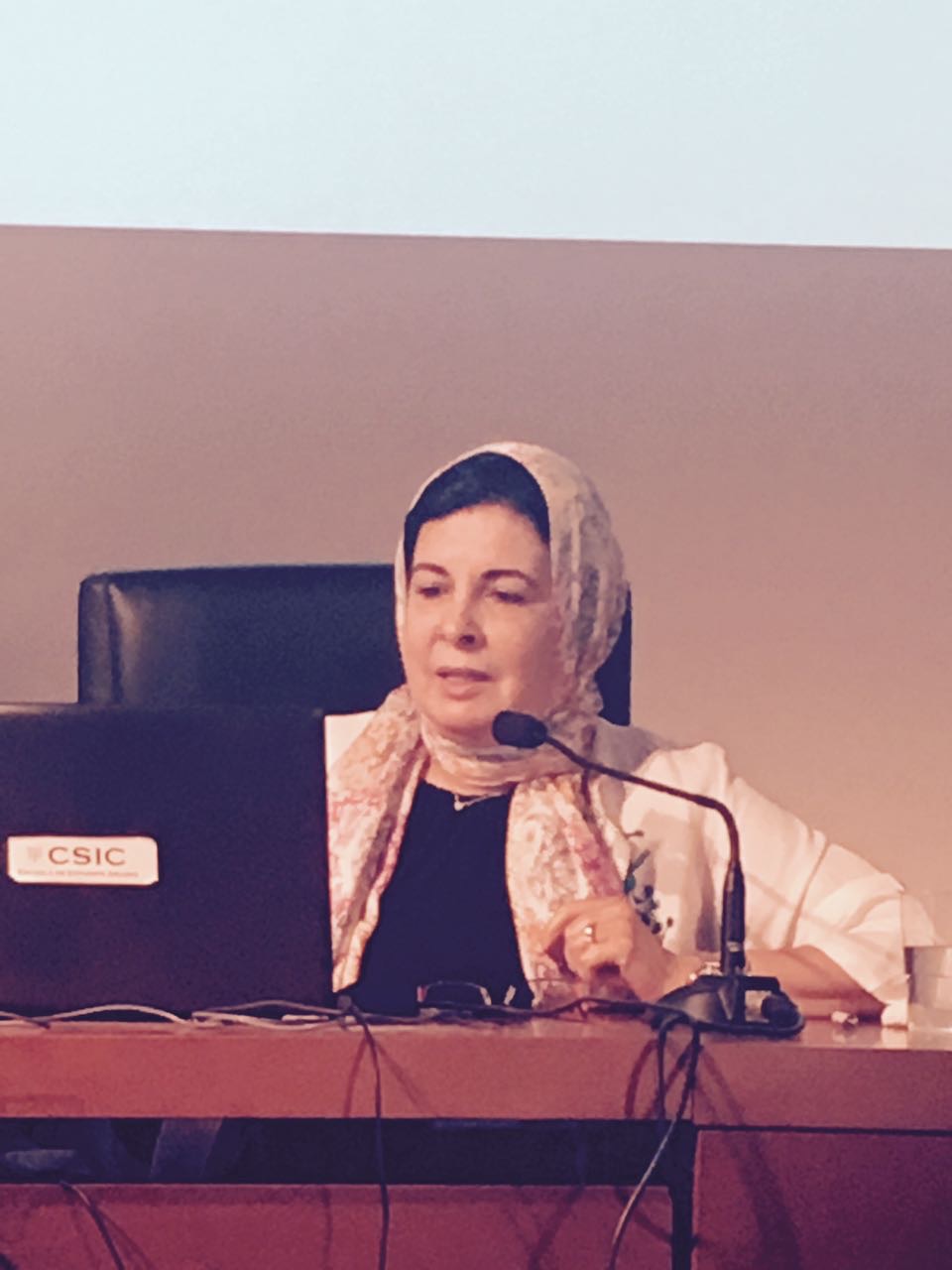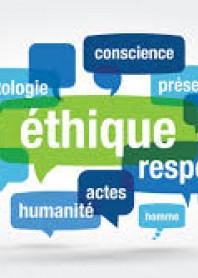How can a reformist approach to women’s issue in Islam be adopted?
We know that the issue of women, since the "Renaissance" or the Arab Nahda (late 19th century and early 20th century), remained globally limited to the register of a traditionalist and conservative vision that focuses only on the "Rights and Duties of Muslim women". This is despite the "progressive" approach that some reformist scholars held.
So it is important today to deconstruct this traditionalist approach - which has long been in the possession of politicized, doctrinal and colonial discourses – in order to propose a new reformist approach to the topic of women in Islam.
For this, it is necessary to reincorporate this topic within the global ethics of the spiritual message, in others words in “its normal original framework which is the Quranic vision for all humanity”.
So we should read the Quran now according to its spirit as a universal, ethical and liberating dimension. To do so, we need to use a dual reading that makes a distinction between "the spirit of the text" - which is still valid for today after fourteen centuries - and the contextual responses given and rooted within the reality of these times.
On this basis we can highlight four essential dimensions in the Qur’an which are: the global ethical dimension, the humanistic dimension, the egalitarian conceptual and normative dimension and the social dimension.
The ethical dimension refers to the spiritual ethic that represents the essence of the message and the "heart" of the sacred text. It is manifested through different values such as the concept of Oneness of The Creator which is the founding principle of Islam. This notion reflects, in fact, the human liberation and also the human equality. The value of knowledge as is a condition to social and political consciousnesses. The value of reason or a'ql which is found throughout the message in Many Quranic verses. The principle of justice a’dl, as an essential requirement for all human beings. It is important to remind here that the Quran does impose justice and does not impose faith, as demonstrated in this verse: "Allah orders justice and generosity" Qur’an 16;90. Whereas, for freedom of belief is a fundamental requirement in faith in different verses such as "There is no compulsion in religion" Qur’an 2; 256 and "The truth is from your Lord, so whoever wills - let him believe; and whoever wills - let him disbelieve." Qur’an 18;29.
Unfortunately, the religious political instrumentalization for centuries has marginalized this ethical dimension in favor of the blind obedience to the ruler, and in the same patriarchal political logic, it imposed blind obedience in the family through the submission of the wife to her husband.
The humanistic dimension is represented by a central concept in Quran, which is the "human being" or Insan, which is including men and women equally and transcends gender discrimination. Insan, woman or man, in the Quranic discourse is the center of the universe and the purpose of creation.
The Egalitarian conceptual and normative dimension refers to a dimension reproduced by the spiritual message via key concepts and egalitarian verses between women and men. We have egalitarian key concepts as the concept of the "one essence "nafss wahida", which reflects the egalitarian origin of men and women as created from one same spirit. We have several egalitarian concepts as the equal responsibility of men and women to build the human civilization "al Istikhlaf". It is a depository (amana) of creation that concerns both men and women in the framework of "khilafa" which is a responsibility of every human being on earth.
The concept of “moral integrity” or taqwa", which is a fundamental condition in the evaluation and judgment of human beings no matter if they are men or women. The Quran says, "The most deserving (noble) of you (man or woman) in the sight of God are the most righteous " Qur’an 49;13. The concept “mutual alliance" or “wilayah", which affirms the socio-political equality of men and women in both the private and public spheres. We have also all the others concepts related to the marital union as we have seen it in the ethics of marriage.
These are key concepts that unfortunately were not taken into account in the Islamic law, where usually we find women represented as slaves in total obedience to their husband and created only to satisfy the needs of the spouse who holds absolute authority according to this legal view. We also have about twenty-one egalitarian verses[1].
The social dimension is characterized by a duality in the Quranic text between the moral and ethical dimension - which is universal - and the social dimension where the Quran in the time of the Revelation tried to “manage” the social practices, such as marriage, divorce, inheritance through holding ethical necessities of justice and equity in its finalities.
These are more or less "six verses" as socio-cultural verses whose interpretation cause prejudice to the rights of women in Islam throughout history. This is mainly due to the exegesis and the Islamic jurisprudence. This social dimension refers to the verses about polygamy, inheritance, testimony, repudiation and authority or superiority of men (Quiwamah) and are commonly used to justify and legitimate discrimination against women.
It is very surprising that over 6233 verses in Quran that contain the importance of women within the ethical global vision we see that most interpretative readings have focused only on these six verses that finally will represent the normative framework of what will be known as the "women's status in Islam."
It remains true however that when these verses are taken out of their general framework of the Quranic ethics, they can be interpreted as evidence and confirmation of the discrimination against women.
So we can see how the traditionalist view has based all its exegesis on the socio-cultural verses -social dimension - that have become the referential framework of patriarchal readings and thus all the relations between men and women are interpreted and understood today within this reductive framework.
It is in this sense that the current reformist vision proposes to radically change the paradigm. The referential framework of the reformist reading must be the universal ethics of the spiritual message. While the considered social - cultural verses must be read in the light of the Quranic global ethics.
Since the quest for justice is one of the most important goals of the spiritual message of Islam; all verses that became unjust in their application should be reinterpreted because there is one of the fundamental rules in the Islamic law that say "the final purpose of the law is eternal but its implementation is temporary and depends on the context".
This is also what the majority of scholars assert, including Imam Ibn al Quayim Jawzya who summarized this rule in his legendary statement: "The main purpose of God is the justice and equality between human beings, all the paths that can guarantee justice and equality are Islamic and they cannot be contrary to the religion"[2].
It is essential in our time to return to the spirit of the spiritual message of Islam as it offers all latitudes for equality between men and women.
To achieve this we need a reformist re-reading of the texts and a profound reform in Islamic law, which is the main source of discrimination and inequality towards women. This is an essential and urgent step in order to allow Muslims, men and women, to face the contemporary challenges and the changing time.
So it is up to Muslim men and women to do this work of revival of their religious heritage, to get out of their intellectual poverty, and the West can contribute greatly leaving aside its paternalistic condescension and supporting all efforts to build a true common universal. The participation of Muslim women in this vast project is essential and fundamental if we really want as women -as well as men – to live dignified and free in fair and egalitarian Muslim societies.
Asma Lamrabet
February 2019
[1] Egalitarian verses: Qur’an 4, 124; Qur'an 4; 130; Qur’an 3; 195; Qur'an 9; 71; Qur’an 16; 97; Qur’an 33; 36; Qur’an 49; 13; Qur’an 4, 124; Qur’an 40; 40; Qur’an 48; 5; Qur'an 4; 7; Qur'an 4; 35; Qur’an 7; 22; Qur’an 24; 6-9; Qur’an 33; 35; Qur’an 2; 221; Qur’an 24; 2.; Qur’an 24; 3; Qur’an 24; 30; Qur’an 24; 31, Qur’an 4: 32.
[2] Jawzya, Ibn al Quayim (n.d): Attoroq AlHakmya. http://library.islamweb.net/newlibrary/display_book.php?idfrom=8&idto=19&bk_no=42&ID=5. Accessed 29 December 2015.
Further reading:
Laroui, Abdellah (2008): Al Islah wa al-sunna. Al-Markaz al arabi al-taqafi. Casablanca.
al-Hibri, Azizah: An Islamic Perspective on Domestic Violence. http://www.karamah.org/docs/DomViolfinal.pdf.
Ahmad Abu Sulayman, Abdul Hamid (2002): Darb al mar’a wassila li-hali al-khilafat azawjyya! Editions Dar Assalam, Cairo.
À propos de l'auteur

ASMA LAMRABET
Native de Rabat (Maroc), Asma Lamrabet, exerce actuellement en tant que médecin biologiste à l’Hôpital Avicennes de Rabat. Elle a exercé durant plusieurs années (de 1995 à 2003) comme médecin bénévole dans des hôpitaux publics d'Espagne et d’Amérique latine, notamment à Santiago du Chili et à Mexico.





